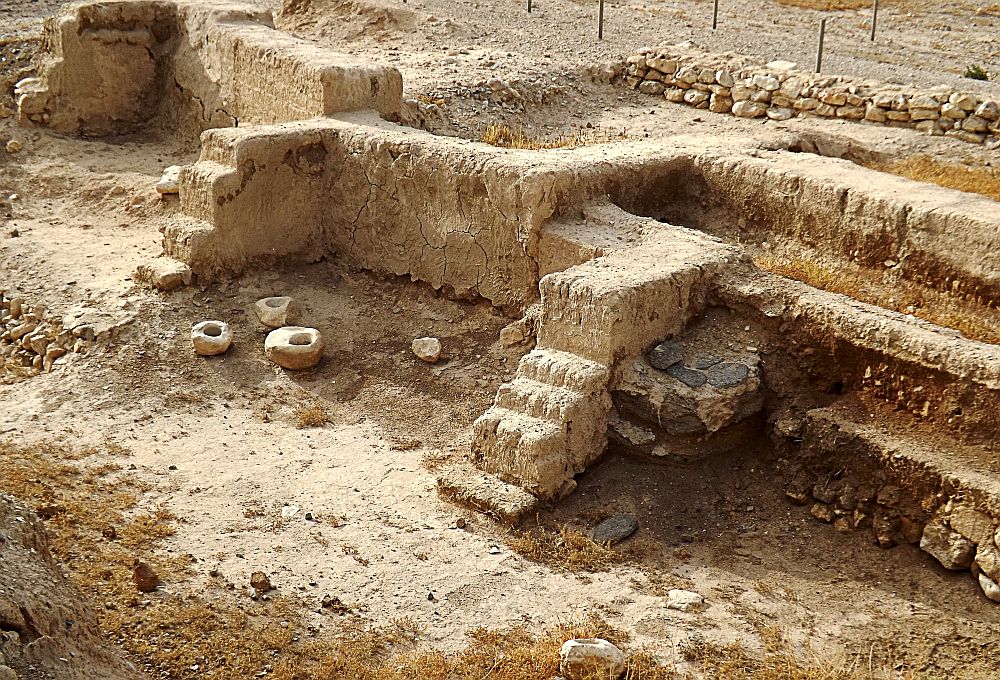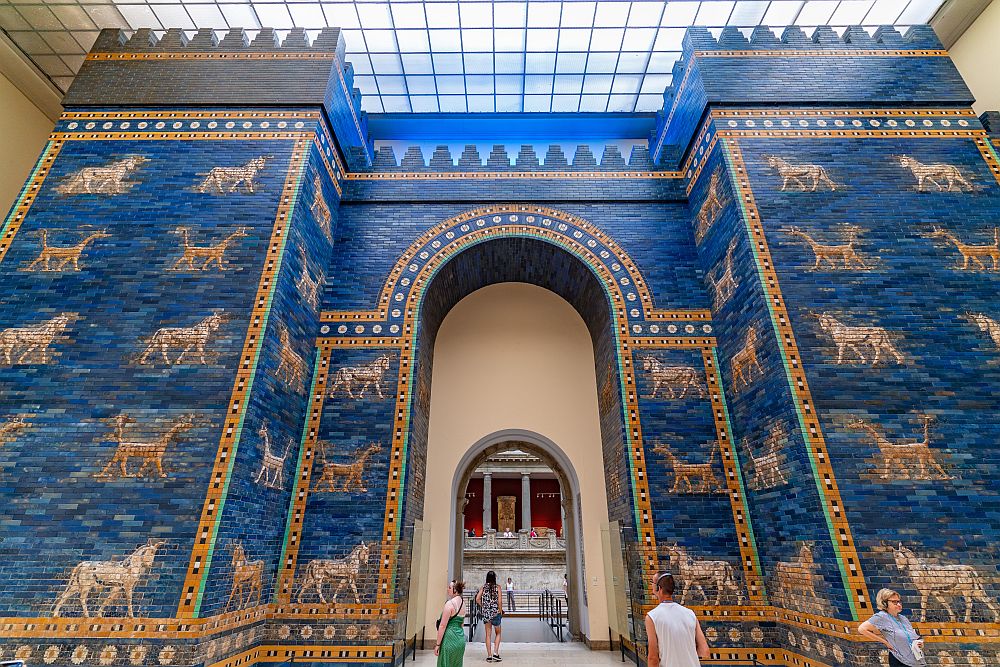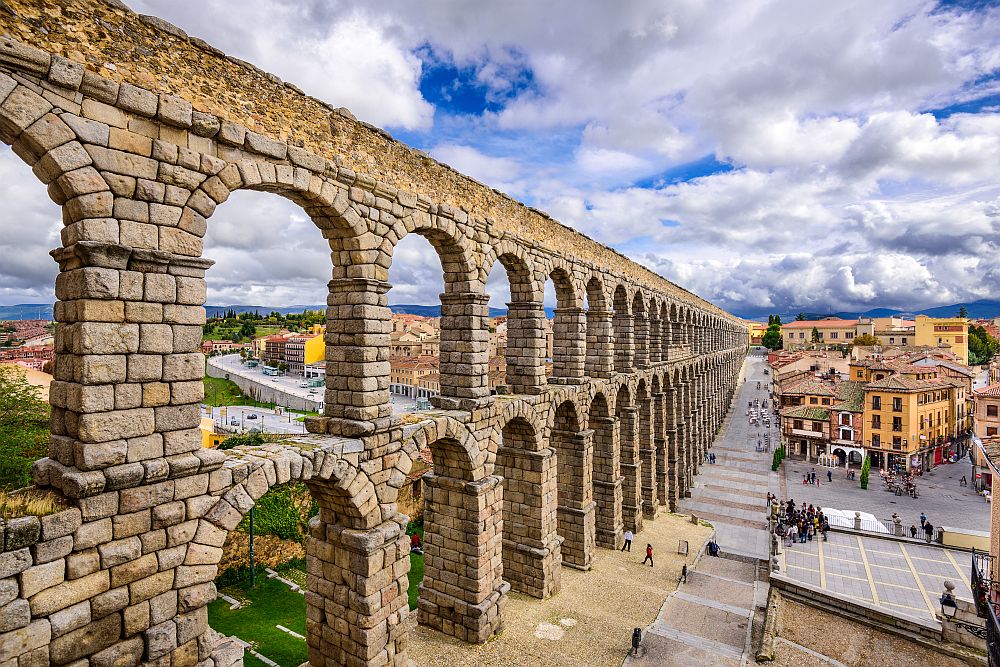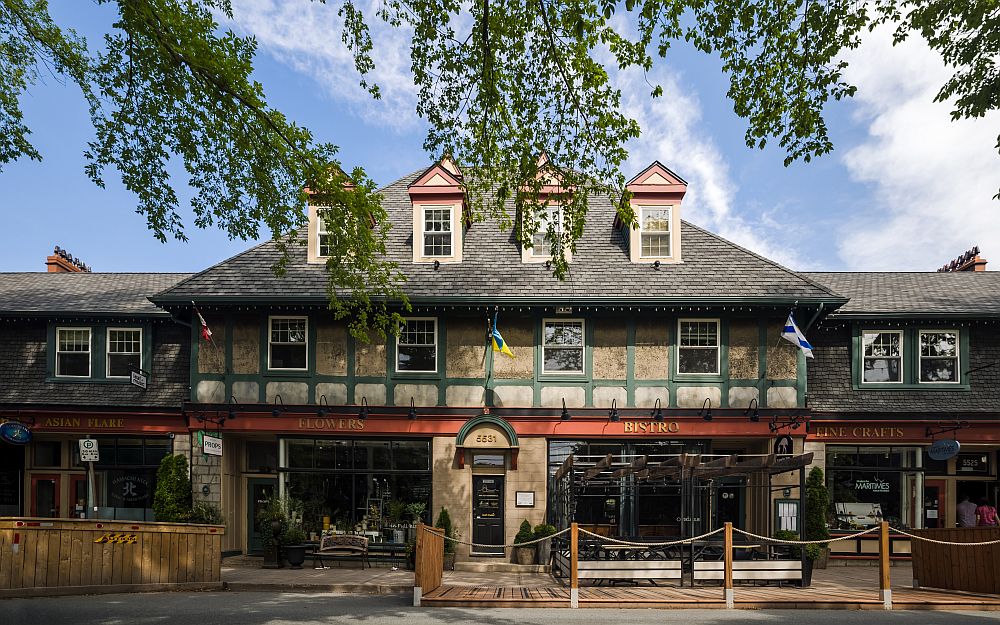
[Image above] Ruins of the ancient city of Jericho in Israel. Like other ancient settlements, Jericho made use of bricks for their geometric simplicity and thermal properties, helping to keep the interiors of buildings cool in the daytime and warm at night. Credit: Vinicius Moreira da Silva / Shutterstock
It is not a coincidence that many of the most ancient cities known today are centered around the Fertile Crescent. This boomerang-shaped region in the Middle East and North Africa is where the Neolithic Revolution occurred, transforming human society from a nomadic hunter–gatherer system to an agricultural one.
The development of agriculture meant that not everyone needed to be involved in food production, thus allowing the freedom for culture to thrive. As part of this cultural transition, humans started building and living in more permanent structures, now that the need to constantly follow migrating fauna was removed.
Sun-dried mud and clay were used to create these permanent structures in the very first urban centers. These centers became instrumental in the development of civilization by providing a physical space where ideas, goods, and people could mingle, exchange, and flourish.
This symbiotic relationship between bricks and cities is the focus of a special three-part series publishing this month on CTT. In the first part, which published October 14, we looked at the role of local geology in the rise of modern brick cities. The second part, which you are reading now, looks back into the ancient history of bricks and their foundational role in the world’s earliest urban civilizations. The third part, which publishes November 11, looks at the future of urban design.
Urban life begins: Mesopotamia and the Indus Valley
Long before the mass-produced bricks of the industrial age, the world’s first kiln was the sun. The ancient settlements of Jericho (located on the West Bank of Palestine) and Çatalhöyük (located in the southern Anatolia region of Türkiye) are two examples of early Fertile Crescent cities that were built of sun-dried mud bricks. Both cities made use of bricks for their geometric simplicity and thermal properties, helping to keep the interiors of buildings cool in the daytime and warm at night.
The durability of brick took a great leap forward in China perhaps as early as 5,000 years ago when fired clay bricks were first manufactured there. Pottery had been fired for many thousands of years before bricks, but pots and figurines could be produced in simpler kilns. Large quantities of fired bricks required a much larger kiln and a greater amount of fuel to achieve and sustain the necessary temperatures. Fortunately for these early innovators, however, clay and coal are frequently found together, as explained in the first part of this series. So, they had a ready supply of both the raw material for bricks and the fuel to fire them.
Once this achievement was unlocked, fired bricks appeared soon after in Mesopotamia and in Harappan culture cities in the Indus River Valley. I have expressed my admiration for the Harappans before, given their forward-thinking approach to sanitation. Mesopotamian culture also made sophisticated use of bricks, and those early bricks are now revealing insights about the evolution of Earth’s magnetic field.
The use of fired bricks in Mesopotamian cities such as Ur and Babylon allowed for the construction of more durable, monumental structures such as ziggurats and the Ishtar Gate. Fired brick with a standard size manufactured in Harappa and Mohenjo-Daro enabled the advanced urban planning the Harappans are known for, evidenced by their sophisticated drainage systems and grid-like street designs.
Fired brick symbolized a society’s commitment to permanence. Building a city with mud bricks was an investment, but a city built with fired bricks was a statement of enduring power and stability.
In early civilizations, fired brick was a valuable resource. Its use in monumental structures such as ziggurats and palaces was a demonstration of a ruler’s wealth and ability to command a large labor force. It was a material of the elite, differentiating them from the common people who lived in sun-dried mud homes. For example, the Ishtar Gate was built to demonstrate the power of the Babylonian ruler Nebuchadnezzar II through its elaborate, glazed-brick animal reliefs.

After its excavation in the early 1900s, the Ishtar Gate was dismantled into thousands of pieces and transported to Berlin, Germany, for reconstruction and display in the Pergamon Museum. The gate was too large for a complete reassembly, so only some sections are displayed. (Other parts remain in storage or are on loan to other museums.) Credit: Mo Wu / Shutterstock
The Romans: Masters of brick engineering
The next big advancement in civilization’s use of brick was in civil engineering, which developed over time from defensive structures, such as walls and gates, to more practical structures, such as roads, bridges, and aqueducts. Under the Roman Empire, civil engineering truly began to flourish.
The Romans elevated brick making to an art form. They standardized brick sizes, used brick stamps for quality control, and mastered the art of bricklaying. The various Roman legions had mobile kilns that they carried with them to spread brick-making technology to all corners of the empire.
The Romans used bricks not just for walls but for complex structural elements such as arches and domes, as well as a facing material for their revolutionary concrete structures (e.g., the Pantheon). Roman aqueducts and public baths allowed for the expansion and maintenance of their vast urban network.

The Aqueduct of Segovia is a Roman aqueduct in Spain, built around the first century CE to channel water from springs in the mountains to Segovia’s fountains, public baths, and private houses. It remained in use until 1973. Credit: Sean Pavone / Shutterstock
Global echoes: Bricks across ancient cultures
There are many other ancient civilizations that made extensive use of brick. A thorough investigation of the impact of brick as a building material in the ancient world is not part of this series, but has been written about elsewhere. Here, I will point out some global highlights.
The Great Wall of China: No discussion of the importance of brick would be complete without a mention of the largest man-made structure ever built. Certain sections of the Great Wall’s monumental structure were built with durable fired bricks to protect urban centers, such as those near Beijing.
The adobe cities of the Americas: In the Americas, sunbaked bricks are known as adobe, and they are found everywhere from the pueblos of what is now the southwestern United States to coastal Peru. The earliest example of mud-brick architecture in the Americas is found at Chan Chan, Peru. The indigenous people of the southwestern U.S. also built cliff dwellings with wattle-and-daub walls.
Middle Eastern and African cities: In Mali, the ruins of Djenné date back to as early as 250 BCE. The site is considered one of the oldest known urban centers in sub-Saharan Africa. The buildings were constructed using sun-dried mud bricks, and the city became a major hub for trade and civilization in the region. Shibam, Yemen, is renowned for its unique architecture that consists almost entirely of closely packed, multistory buildings constructed of sunbaked brick in the 16th century. It is nicknamed the Manhattan of the Desert, but its character is defensive, not ostentatious. The high-rise construction technique provided protection against rival tribes.
The enduring material of empires
Brick has evolved from a simple material for shelter to a fundamental tool for urban development and design. In the final segment of this series, which publishes November 11, we will look at how the uses for this ancient material continue to evolve and how we are responsible for preserving its urban legacy today.
We thank the Haverstraw Brick Museum for their insightful and educational content, which guided the writing of this series.
Author
Becky Stewart
CTT Categories
- Art & Archaeology
- Construction
- Education


